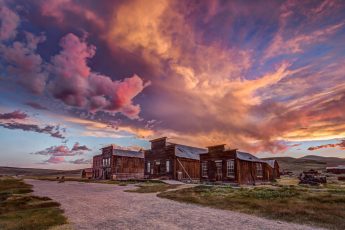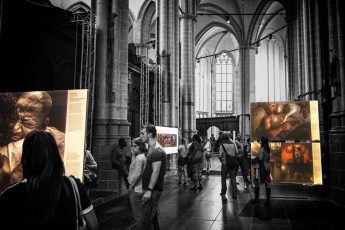Capturing a stunning photograph is more than just pressing the shutter button. A successful photo is about telling a story, evoking emotion, and compelling the viewer to pause and look deeper. In this blog post, we’ll dive into the basics of composition in photography and discuss key principles that will elevate your images. Get ready to level up your photography skills!
Key Compositional Principles
| Principle | Purpose | Examples |
|---|---|---|
| Rule of Thirds | Create balance and harmony | Landscapes, portraits |
| Leading Lines | Guide viewer’s eye, add depth and direction | Cityscapes, nature |
| Framing | Draw attention to the subject, add context and depth | Architecture, travel |
| Balance | Create visual harmony and cohesion | Abstract, fine art |
Rule of Thirds
A fundamental principle in photography, the Rule of Thirds is a basic compositional guideline that helps create visually balanced images. To apply this rule, imagine your frame divided into a 3×3 grid. Place the subject or points of interest at the intersections or along the grid lines. This technique:
- Creates balance and harmony by distributing visual weight
- Draws the viewer’s eye to focal points, increasing engagement
- It helps avoid dead-center compositions, which can appear as static
When capturing landscapes, position the horizon along the top or bottom grid line to emphasize the sky or ground. Place the subject’s eyes near the intersections in portraiture for a more dynamic and engaging composition.

Leading Lines
Incorporating leading lines in your compositions can add depth, create a sense of direction, and guide the viewer’s eyes through the image. Look for natural or man-made lines in your environment and use them to your advantage. Leading lines can be:
- Roads, fences, and buildings for urban and architectural photography
- Rivers, coastlines, and tree lines for landscape and nature photography
- Shadows, patterns, and textures for abstract and artistic compositions
To maximize the impact of leading lines, position them to converge towards your main subject or extend from the foreground to the background, creating depth and perspective.

Framing
Using elements within the scene to create a frame around your subject can add context, depth, and focus. It helps draw attention to the main subject and creates a sense of visual cohesion. Look for opportunities to frame your subject with:
- Architectural elements (windows, doors, archways) for urban and travel photography
- Natural elements (tree branches, rock formations) for landscape and wildlife images
- Shadows, light, and reflections for creative and abstract compositions
Framing can also create a sense of depth by layering elements in the foreground, middle ground, and background.

Balance
Striking a balance between the different elements in your photo can create a visually appealing and harmonious composition. Consider the elements’ size, shape, color, and texture and how they relate to one another. Types of balance include:
- Symmetrical balance (mirror image) for a sense of stability and formality
- Asymmetrical balance (varied elements) for dynamic yet balanced compositions
- Radial balance (elements radiating from a central point) for a sense of movement
Experiment with these different types of balance to find what works best for your subject and style.

Popular Photography Types & Composition Tips
| Photography Type | Composition Tips |
|---|---|
| Landscape | Rule of Thirds, leading lines, natural framing |
| Portrait | Off-center subjects, eye-level angles, simple |
Conclusion: Basics of Composition in Photography
Mastering the basics of composition in photography takes time and practice, but applying these principles will undoubtedly improve your images. Remember the Rule of Thirds, use leading lines, create frames, and find balance in your compositions. As you become more comfortable with these techniques, don’t be afraid to experiment and break the rules. After all, photography is an art form, and creativity is key.

So, grab your camera, venture out, and put these tips into action! With some practice, you’ll capture captivating, well-composed photos that tell a story and evoke emotion. And most importantly, have fun and enjoy the process!






